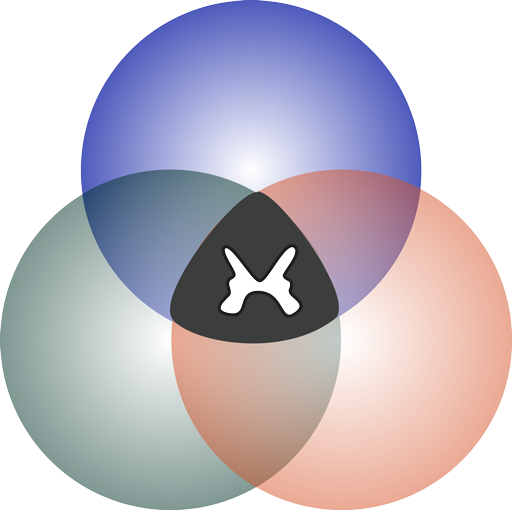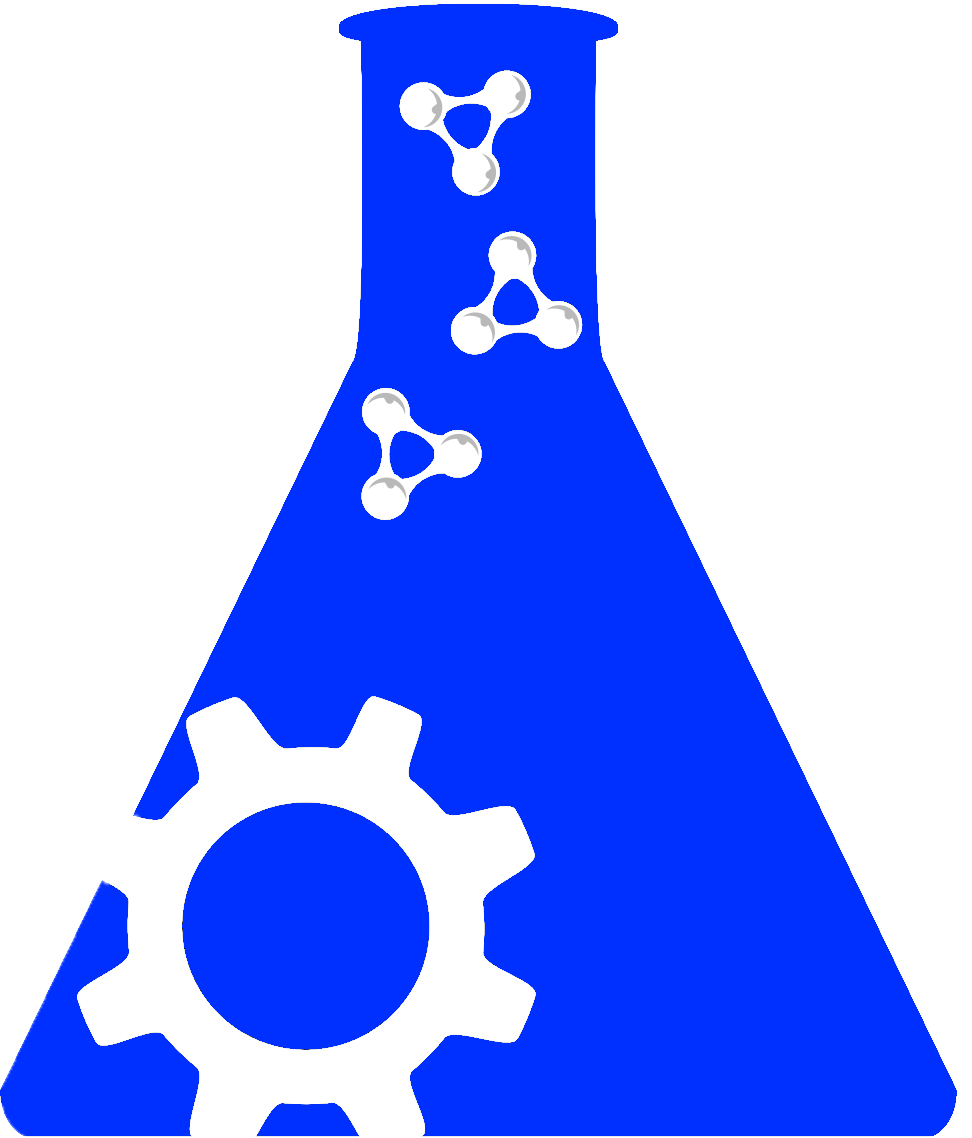Full Data Package |
Data Dictionary |
Methodology |
||||
|---|---|---|---|---|---|---|
Create new odc-sci Account and/or log in to download the file. |
||||||
Delayed viral vector mediated delivery of neurotrophin-3 improves skilled hindlimb placement on the horizontal ladder, hindlimb coordination during swimming, and stability walking in the open field after T9 thoracic contusion in female ratsDOI:10.34945/F51G60DATASET CITATIONSydney-Smith J. D., Koltchev A. M., Moon L. D F., Warren P. M. (2022) Delayed viral vector mediated delivery of neurotrophin-3 improves skilled hindlimb placement on the horizontal ladder, hindlimb coordination during swimming, and stability walking in the open field after T9 thoracic contusion in female rats. Open Data Commons for Spinal Cord Injury. ODC-SCI:800 http://doi.org/10.34945/F51G60ABSTRACTSTUDY PURPOSE: Restoration of skilled function is a key objective for spinal cord injury (SCI) patients. Intramuscular injections of viral (adeno-associated viral vector 1; AAV1) Neurotrophin-3 (NT-3) into the rat hindlimb 24 hours following thoracic T9 contusion has been shown to restore some functional locomotor activity, aid spinal neuroplasticity, and reduce spasms. Here, we test the hypothesis that injection of AAV1-CMV-NT3 to the rat abdominal and hindlimb muscles 48-hours following severe T9 contusion will enable functional recovery of skilled locomotive activity and reduced hyper reflexivity in female rats.DATA COLLECTED: The dataset includes n=29 female Sprague Dawley rats, injured at 8 weeks of age. Animals received either: 1) a 250 kDyne thoracic level 9 (T9) contusion via the Infinite Horizon impactor; or 2) a Sham injury (all surgical procedures including the laminectomy, apart from the injury itself). 48-hours following injury contused animals received bilateral injections of either PBS vehicle or AAV1-CMV-NT3 into their tibialis anterior, gastrocnemius and rectus abdominus muscles. Experimental groups were thus defined as: 1) NT3 (contusion and AAV1-CMV-NT3 injection); 2) PBS (contusion and PBS injection; and 3) Sham (Sham injured). Animals were assessed for recovery over 10 weeks. Functional recovery was assessed prior to injury and then weekly using the Basso, Beattie and Bresnahan (BBB) locomotor rating scale, and horizontal ladder. At prior to injury and then at 4 and 9 weeks post injury the animals were assessed for coordination, spasm, and the number of hindlimb strokes in the swimming task. Spasm activity was assessed at 10 weeks post injury through H-reflex recordings. At 11 weeks post injury, CtB injections were made into the lateral head of the gastrocnemius in the left hindlimb to retrogradely trace innervating motor neurons. At the experimental (end-point 11 weeks following injury), blood samples were taken from which levels of NT3 protein in serum could be assessed. Following an overdose of anesthetic (sodium pentobarbital), animals were transcardially perfused. Magnetic resonance imaging (MRI) was used on intact cord following animal perfusion to determine the lesion volumetrics. Following ex vivo MRI, spinal cords were washed, sectioned and stained to histologically assess levels of vGlut1+ and NeuN.CONCLUSIONS: NT3 levels: Analysis of blood serum showed that AAV1-CMV-NT3 injected animals alone had a 75-fold increase in NT3 11 weeks post injury. Lesion volume: The treatment did not cause any alteration in lesion volumetrics. Injury caused a 68% reduction in total transverse cross-sectional area and a 36% reduction in presumptive spared white matter at the lesion epicenter as determined through ex vivo magnetic resonance imaging. However, no difference was shown between NT3 and PBS treated groups. Behavior: Animals in the NT3 treatment group alone showed sustained and improvements in skilled functional behaviors including reduced right hindlimb slips and greater number of corrected missteps than PBS treated animals normalizing to Sham levels from six weeks post injury. NT3 treatment also caused an ~15% increase in hindlimb coordination during swimming as compared to PBS treated animals, and trunk stability within the open field (at nine- and ten-weeks post injury). Histology: Histological analysis showed a near two-fold increase in vGlut1+ boutons on innervating proprioceptive fibers caused by injury (average number of puncta: Sham=2.6±0.17, PBS=4.9±0.45). However, NT3 treatment a reduction in puncta number to a level comparable with Sham injured animals (3.4±0.23 puncta). This may suggest behavioral alterations are attributable to a normalization of vGlut1+ boutons on innervating proprioceptive fibers. Hyperreflexia: The injury did not cause spasticity or hyperreflexia in the animals as determined through visual and electrophysiological assessment via the H-reflex of the hindlimb (values consistent between groups for normalize H wave amplitude, maximum M wave amplitude, maximum H wave amplitude, Hmax:Mmax).KEYWORDSNeuroplasticity; Neurotrophin-3; Adeno-associated viral vector; Contusion; Proprioception; Hyperreflexia; Spinal Cord InjuryPROVENANCE / ORIGINATING PUBLICATIONS
RELEVANT LINKSNOTESPlease see attached methodology and publication (DOI: 10.1016/j.expneurol.2022.114278) for additional information regarding the experimental design and process
|
DATASET INFOContact: Warren Philippa (philippa.warren@kcl.ac.uk)Lab: Philippa Warren Lab
|
|





